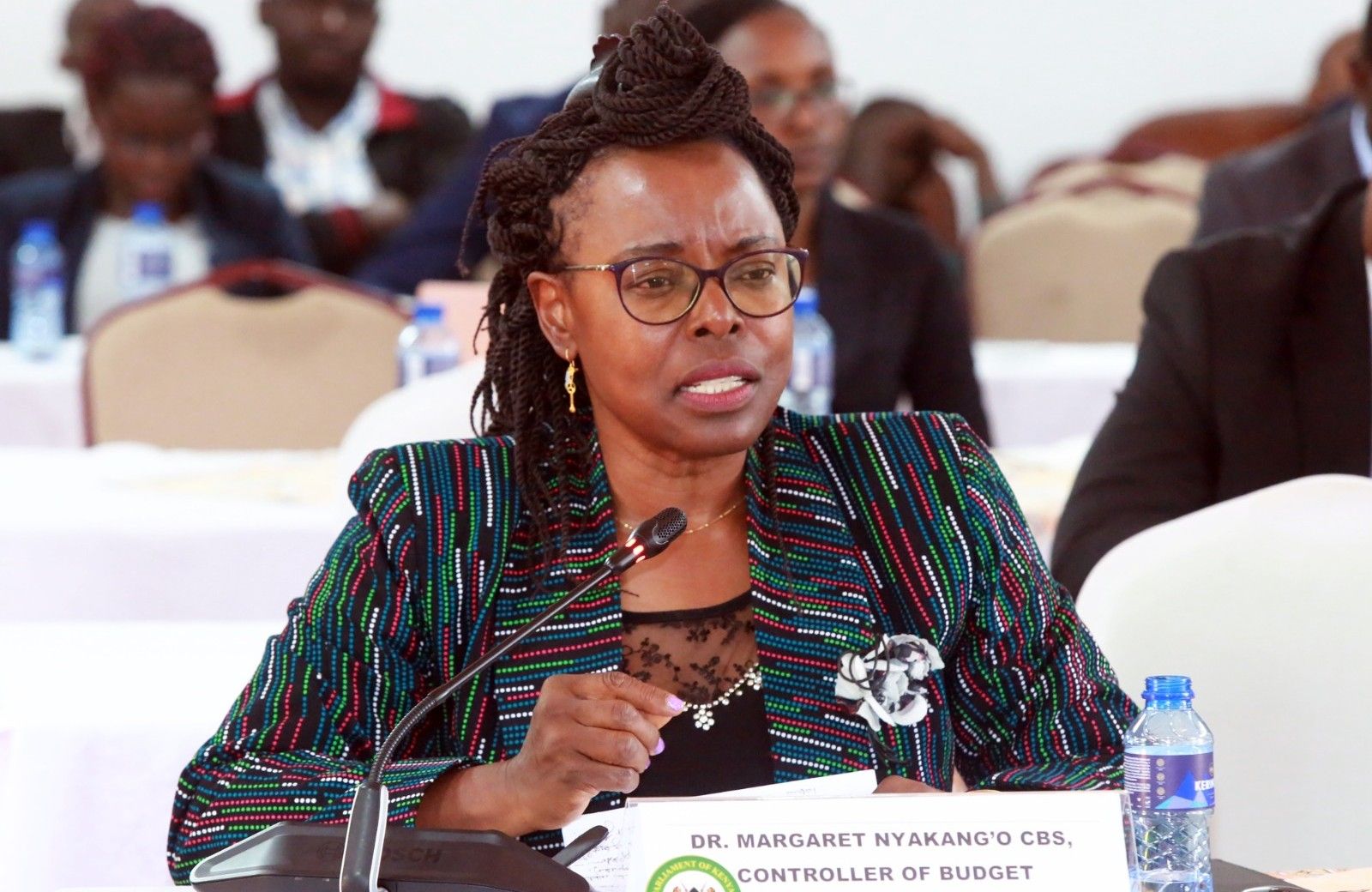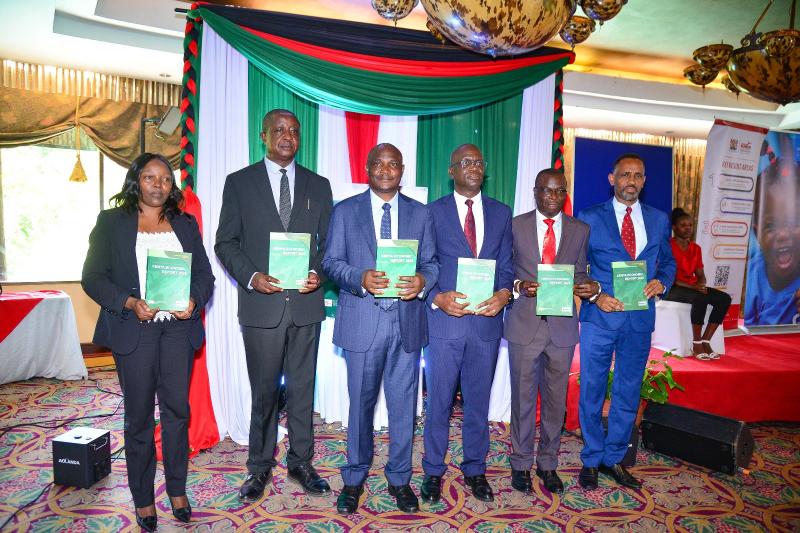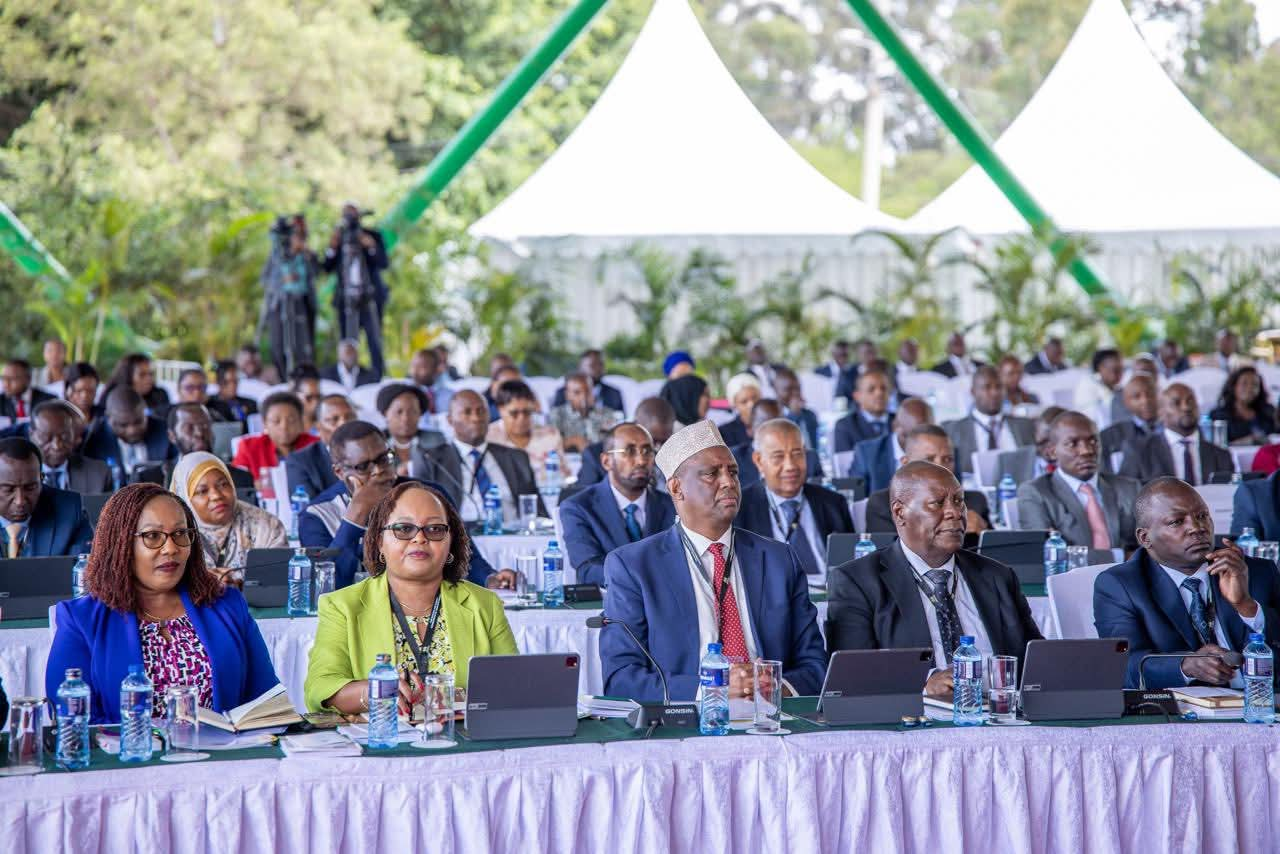Commission for Revenue Allocation develops tariffs, pricing model for counties
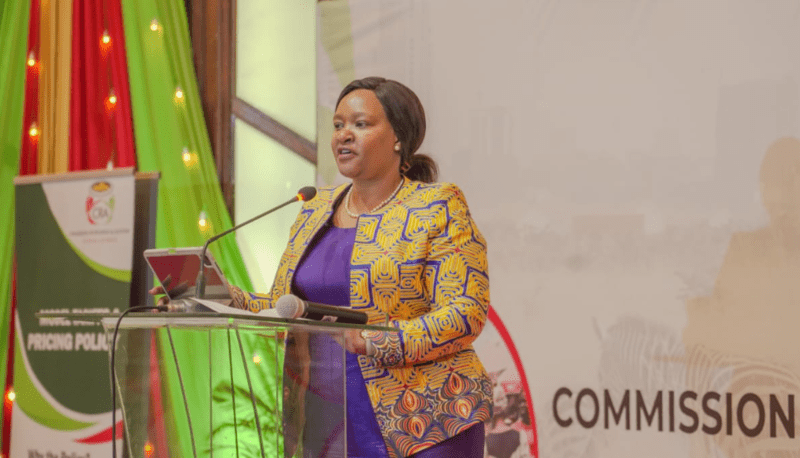
The creation of the model was started in 2022 when the Commission for Revenue Allocation initiated the development of a Model Policy that counties can customize to suit their unique circumstances.
The Commission for Revenue Allocation has finally developed a model for counties to use in determining tariffs and pricing of various goods and services.
Trade and Industry Cabinet Secretary Rebbeca Miano on Tuesday expressed satisfaction that the new model will provide citizens with information to help them appreciate the rationale behind the fees they pay.
More To Read
- Intra-African trade rebounds 5.4 per cent in 2024 despite global headwinds
- CS Kinyanjui: Kenya cannot develop while rejecting all funding options
- Eastleigh’s 24-hour economy key to Kenya’s commerce, says CS Lee Kinyanjui
- Tech drives Africa’s private capital boom as Q3 deals surge to Sh646 billion
- Kenya’s exports to EAC partners grow as diaspora sends Sh1 trillion home
- Kenya-UK trade hits Sh340 billion for the first time
"Members of the public will have clarity on the services they should expect from the county in return. I encourage county governments to expedite the adoption of the model swiftly and proceed to domesticate it to comply with Section 120 of the County Governments Act," said Miano.
The creation of the model was started in 2022 when the Commission for Revenue Allocation initiated the development of a Model Policy that counties can customize to suit their unique circumstances, all geared towards enabling traders to thrive.
Since 2013, counties started charging multiple fees following which the then Chairperson of the Intergovernmental Budget and Economic Council convened a conference that culminated in the formation of the National Policy to Support Enhancement of County Governments' Own Source Revenue in 2019.
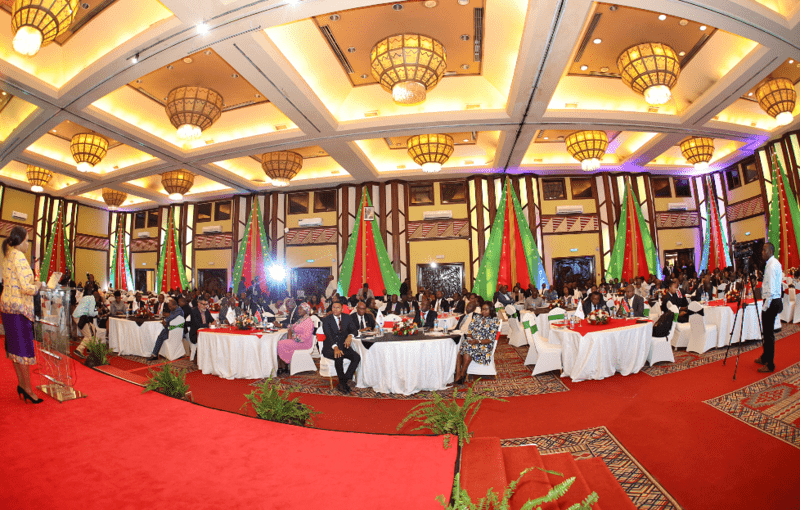 Trade and Industry Cabinet Secretary Rebbeca Miano speaking on Tuesday in an event in Nairobi where the Commission for Revenue Allocation finally developed a model for counties to use in determining tariffs and pricing of various goods and services. (Photo: MITI)
Trade and Industry Cabinet Secretary Rebbeca Miano speaking on Tuesday in an event in Nairobi where the Commission for Revenue Allocation finally developed a model for counties to use in determining tariffs and pricing of various goods and services. (Photo: MITI)
Section 120 of the County Governments Act requires each county to develop a Tariffs and Pricing Policy, which essentially forms a basis for levying fees and charges for the services that they provide. Such a Policy has to be aligned with existing national government laws and policies.
"The journey to this point with regard to the finalisation of this Model Policy has been onerous and winding. Thankfully, though a whole thirteen years since the onset of devolution, counties now have a reason to smile," said Miano.
Miano commended the Commission for Revenue Allocation for taking the lead in developing this policy in an Inter-Agency Committee that had the Council of Governors, her Ministry, Kenya Investment Authority and individual counties among other key players and stakeholders.
"The foremost highlight of this progressive policy is the legroom it has created for the domestication of Own Source Revenue Policy implementation," she added.
According to her, the model or policy should be adopted immediately to ensure that at no time should the taxation and other revenue-raising powers of a county be exercised in a manner as to undermine national economic goals.
"To all intents and purposes, the implementation of this policy should not impede inter-county economic activities or obstruct the mobility of goods, services, capital or labour," notes Miano.
The model is a milestone because it is the first-ever Model Tariff Policy in East, West and Central Africa." I have no reason to doubt that the implementation of this policy will improve our ease of doing business while bringing critical services closer to the people."
Top Stories Today

